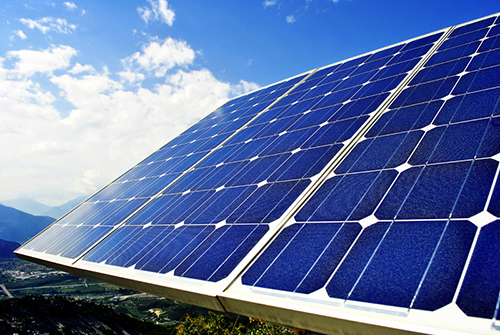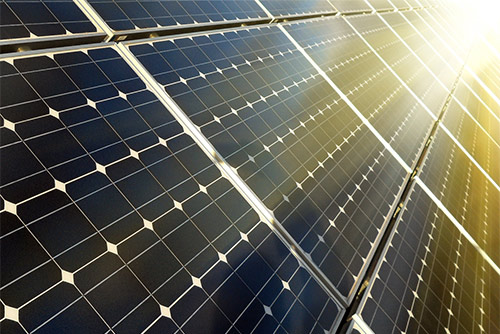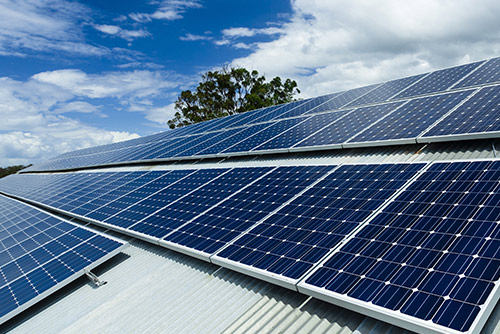Solar Power in Combes, TX
Solar Energy Data in Combes, TX
See the chart below to see how different types of solar panel installations compare in Combes.
Historical solar power output data for Combes is not currently available.
Solar Energy Analysis for Combes, TX

Sorry, it is not possible to complete our solar energy analysis for Combes at this time.
Please check back later.
Global Horizontal Irradiance (GHI)
Global Horizontal Irradiance: The total amount of solar radiation that is received per unit area by a surface that is always positioned in a horizontal manner.
Direct Normal Irradiance (DNI)
Direct Normal Irradiance: The total amount of solar radiation received per unit area by a surface that is always perpendicular to the sun rays that come in a straight line from the direction of the sun at its current position in the sky.
Average Tilt at Latitude (ATaL)
Average Tilt at Latitude: The total amount of solar radiation received per unit area by a surface that is tilted toward the equator at an angle equal to the current latitude. ATaL will often produce the optimum energy output.
Solar Radiation Levels in Combes
Solar Radiation Data in Combes, TX
See the chart below for monthly solar radiation levels in Combes.
Sorry, data is not currently available.
Solar Radiation Analysis for Combes, TX

Sorry, it is not possible to complete our solar radiation analysis for Combes at this time.
Historical solar radiation data for Combes is not currently available.
Please check back later.
Solar Power Comparison: Combes vs. the U.S.
Solar Power Levels in Combes
Sorry, solar radiation data for Texas is not currently available.
Solar Power: Combes vs. the U.S.
Below is a month-by-month comparison of how average Combes solar radiation levels compare to average levels in a city with historcially high levels (NV) and a city with historically low levels (WA). [1]
Sorry, solar radiation data for Texas is not currently available.
Solar Data & Statistics for Combes
Sunrise / Sunset in Combes
- Sunrise/Sunset for May 25, 2025 [2]
-
- Sunrise: 6:38 am
- Sunset: 8:17 pm
- Length of Day: 13:39

Best Months for Solar in Combes
Monthly data not currently available.
Solar Panel Installs in Combes
We do not currently have data on solar panel installations in the town of Combes, TX at this current time.
Solar Power Output in Combes
The Power of Solar in Combes, TX
Monthly AC solar system output averages for Combes (tx). Month-by-month solar power, as ranked by AC output, in Combes. [2]
AC output data is not currently available.
Solar Output Analysis for Combes, TX

Sorry, it is not possible to complete our solar radiation analysis for Combes at this time.
Historical solar radiation data for Combes is not currently available.
Please check back later.
Cost of Utilities in Combes
Combes Electricity Costs
Sorry, Combes residential electricity prices are currently unavailable.
Please check back later.
Solar Power Poll: Combes
Vote now: Given all of the data and analysis provided for Combes, is solar power a good choice for residents of this town?
Combes Natural Gas Costs
Sorry, Texas residential natural gas prices are currently unavailable.
Please check back later.
Weather Forecast for Combes, TX [5]

Sun May 25
92°F
Few Clouds
Min: 80°F
Max: 93°F
Fresh Breeze: 22 mps SSE
Precip.: n/a
Humidity: 60%
Cloud cover: 14%
|

Mon May 26
90°F
Broken Clouds
Min: 79°F
Max: 93°F
Strong breeze: 25 mps SSE
Precip.: n/a
Humidity: 52%
Cloud cover: 79%
|

Tue May 27
94°F
Few Clouds
Min: 78°F
Max: 96°F
Fresh Breeze: 19 mps SE
Precip.: n/a
Humidity: 45%
Cloud cover: 12%
|
|

Wed May 28
95°F
Light Rain
Min: 78°F
Max: 97°F
Moderate breeze: 17 mps SE
Precip.: Chance of Rain
Humidity: 41%
Cloud cover: 7%
|

Thu May 29
93°F
Overcast Clouds
Min: 78°F
Max: 95°F
Fresh Breeze: 18 mps SSE
Precip.: n/a
Humidity: 42%
Cloud cover: 100%
|

Fri May 30
91°F
Light Rain
Min: 77°F
Max: 91°F
Moderate breeze: 17 mps ENE
Precip.: Chance of Rain
Humidity: 55%
Cloud cover: 61%
|
|
About Combes
The town of Combes, TX in Cameron County has an approximate population of 2,895. [6]
Did you know?
The solar energy that strikes the Earth in one hour could provide all of the Earth's energy needs for a complete year.













